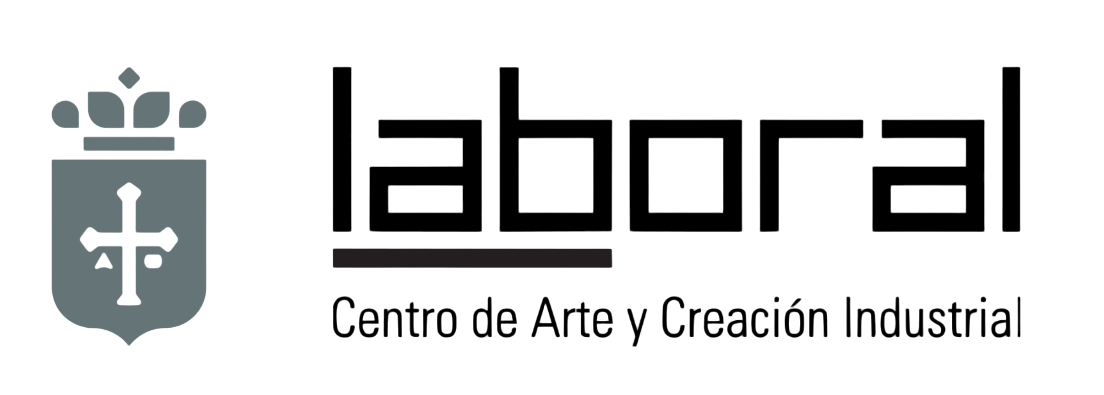The pavilion of the Government of the Principality at the Asturias International Trade Fair (FIDMA) will be focused on culture. A selection of works belonging to the collections of the facilities that make up The Pentagon of Art or exhibited in them stars this year in the content of the installation.
The exhibition, called Principality of Asturias, Principality of Art, constitutes the most tangible and attractive aspect of a cultural performance that the Government of Asturias has wanted to bring to the showcase of the Trade Fair as a significant element of its cultural management and evidence of its good results.
The exhibition will be complemented with educational activities for all ages related to the works on display. The possibility of interactive visits and workshops will be offered that allow an artist’s itinerary to be developed through the five facilities of The Pentagon of Art.
The Coordination Commission of The Pentagon of Art
The Principality, through the Vice-Ministry of Culture and Sports, directs the coordination commission of the five facilities that make up the so-called Pentagon of Art (Museum of Fine Arts of Asturias, Barjola Museum, Sala Borrón, LABoral Center for Art and Industrial Creation and Niemeyer Center) with the aim of jointly addressing common problems and promoting joint projects, without undermining the specificity and autonomy of each of them.
The commission, made up of those responsible for the five facilities under the presidency of the Vice Minister of Culture, Vicente Domínguez, was established in February 2016 and a year later it was also the fundamental reason for the Government of Asturias’ stand on its return to the International Fair of Contemporary Art (ARCO), in Madrid. The Part of Art conference or the agreement with the Community of Madrid to offer exhibition space to young Asturian artists in the capital, are some of its achievements in its short year and a half of existence.
One of the main objectives of the commission is to increase the visibility and knowledge among society in general, and Asturian society in particular, of these five artistic facilities, which make up an art system in the community, with the ultimate goal of providing the Enjoy the art that is generated in Asturias. Hence the appropriateness of having the Government pavilion at FIDMA star this year.
Laboral Centro de Arte has selected for the exhibition the piece Secuencias 24 by Pablo Armesto, and Environment Dress 2.0 by María Castellanos and Alberto Valverde.
Sequences 24(2008)
A series of 24 panels – each representing two of the human chromosomes – show beams of light of different colors and allow a type of visual synthesis of the genomic map. The changing lights intuitively convey the complexity of genome sequencing and the information network that constitutes us as organisms. Entering this overscaled environment is not just a staging of data visualization, of that code of which we are written; It is also an exercise in immersion in the molecular network that shapes us as a changing information system.
Sequences 24In 2008, it was part of banquete_nodos y redes, an exhibition curated by Karin Ohlenschläger that explored the interactions between art, science, technology and society in digital culture in Spain. She has been exhibited at the ZKM in Karlsruhe, Germany, among others.
Environment Dress 2.0, (2015)
We live surrounded by polluting agents, factors that influence our daily lives, our mood and, ultimately, our behavior. The different variations in noise, temperature, atmospheric pressure, ultraviolet radiation, or amount of carbon monoxide are – among other factors – what we are exposed to daily. However, our body’s natural sensors are not capable of alerting us to these changes in our environment, such as an increase in ultraviolet radiation, dust in the environment, etc.
Environment DressIt is an intelligent interface, which thanks to sensors measures the aggressiveness of the environment that surrounds us, detecting these environmental variables and reacting to them.
Environment Dresses 2.0is a project produced at LABoral Centro de Arte y Creación industrial, thanks to the Next Things 2015-Conducta Award. Joint call from LABoral Center for Industrial Art and Creation and Telefónica I+D



